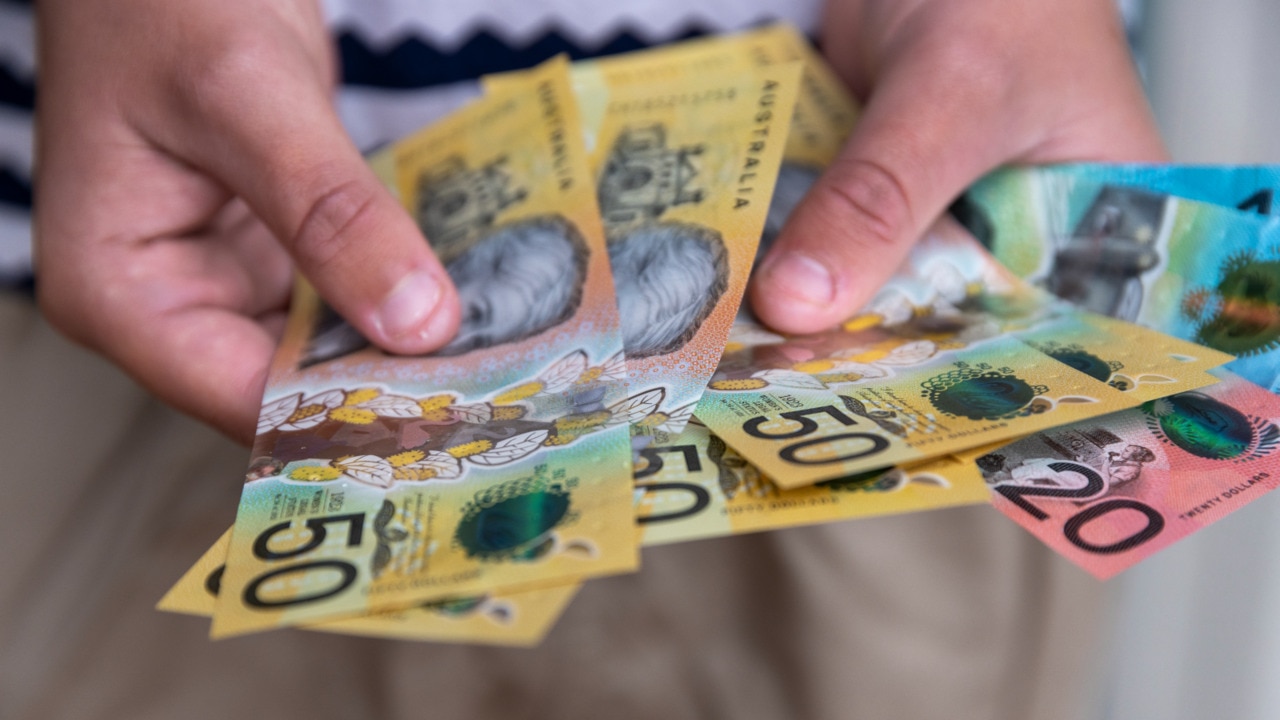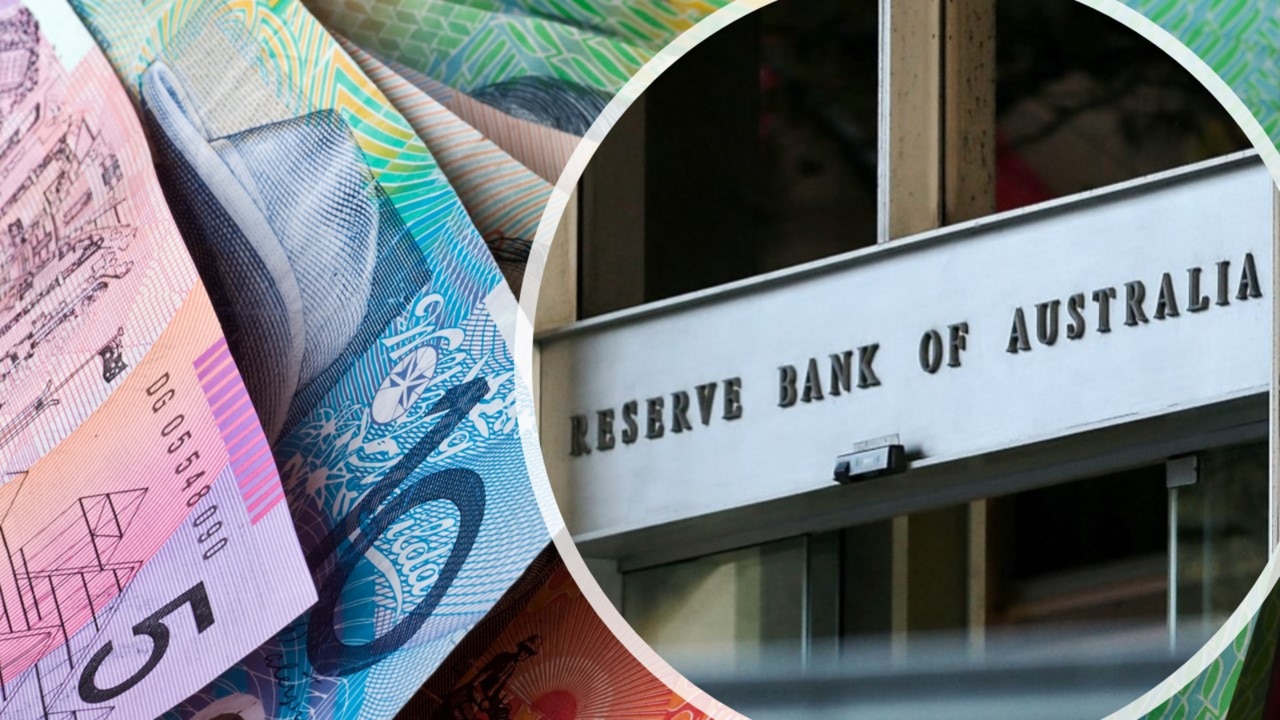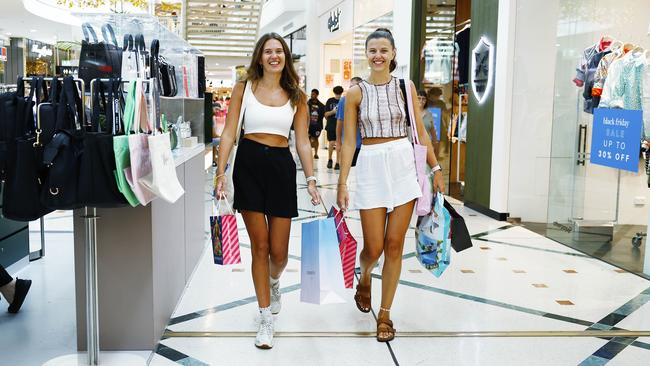Furore over rate hikes ‘a lot of noise’, RBA governor Michele Bullock says
Reserve Bank governor Michele Bullock also told an international conference in Hong Kong that Australians were ‘very unhappy’ with their central bank.

Reserve Bank governor Michele Bullock has labelled the furore over rapid-fire interest rate hikes “a lot of political noise and a lot of noise from the general public”, telling an international conference that Australian households “are actually in a pretty good position”.
Speaking in Hong Kong on a panel alongside other senior central bankers from Europe, the UK and Asia, Ms Bullock said Australians were “very unhappy” with their central bank after 13 rate hikes in 18 months.
“We have, like other countries, raised interest rates much more quickly than we have in the past. And that has created, in fact, a lot of political noise and a lot of noise from the general public,” she said.
“What I’d like to highlight here is (that) despite that noise, households and businesses in Australia are actually in a pretty good position, their balance sheets are pretty good.”
Speaking at the same conference on Tuesday, former RBA governor Philip Lowe urged central bankers to pass their “first inflation test” in a more volatile world, saying, “I hope that most central banks have done enough, but I’m worried that they haven’t.”
In his first public appearance since stepping down from the governorship in September, Dr Lowe said: “The coming years are going to be much more difficult than the previous years.”
As Ms Bullock watched from the audience, Dr Lowe warned that the community risked losing faith in the inflation-fighting credentials of their central banks if consumer price growth was allowed to stay too high for too long.
“Many countries are saying that inflation won’t get back to target until the end of 2025,” he said, including in Australia.
“It will be four years of inflation above target. And if central banks allow that timeline to be pushed out even further into ’26, then the community will rightly say, ‘Are they serious?’ That’ll be a problem, if they do.”

The RBA’s own analysis has shown that as many as one in eight mortgage holders are struggling to pay their bills, while a recent Newspoll revealed one in two Australians felt they were “worse off” than two years ago.
And as Anthony Albanese in question time defended the government’s economic record, Ms Bullock said: “Through the pandemic, they (households and businesses) built up large savings buffers, and they’re largely still intact.
“Housing prices are rising again, much to everyone’s surprise, so that’s sort of helping people feel a little bit more wealthy.”
Despite fears the so-called fixed-rate mortgage “cliff” would send many borrowers to the wall, Ms Bullock said many households coming off these record-low fixed rates were “managing quite well”.
“All the indications from the banks is these households are doing fine. So actually, from a financial stability perspective, this all looks rather good,” she said.
“People are getting work and that’s really important for people being able to pay their mortgages. That said, there are distributional consequences and we are dealing with the political economy challenges of the distributional issues associated with raising interest rates.”
Ms Bullock attracted the ire of unions in June when, as deputy governor, she said unemployment at around 3.5 per cent was too low and “will have to rise” to bring inflation under control.
Ahead of next week’s board meeting – which is not expected to result in another rates move – the RBA governor said “we really need to be careful” to not allow inflation to become entrenched.
“But the challenge is to do that, at the same time as we don’t end up with a large increase in unemployment,” Ms Bullock said.
“Continued employment is really important. It’s important for our dual mandate, obviously we care about it. It’s also important for people being able to continue to meet their mortgage repayments and their essential living expenses.
“So we’re in a period now where we have to be a little bit careful.”
Ms Bullock said a factor that tipped the RBA board into delivering a rate hike on Melbourne Cup Day was that demand had been “a little bit stronger than we had anticipated, and certainly more than we had forecast”.
“The other thing that’s going on is that we’ve had very strong immigration in Australia,” she said. “And, even though we see consumption per person declining, total consumption has held up. It’s not particularly strong, but nevertheless it’s strong enough. And I think that has also meant that demand has held up.”

Ms Bullock’s comments came as October figures showed annual growth in retail trade was running at only half its pre-Covid levels, even as Australians spent almost $5bn more in the month versus the pre-pandemic trend.
The Australian Bureau of Statistics figures showed retail spending slipped by 0.2 per cent in October, as shoppers “hit the pause button” ahead of the increasingly popular Black Friday sales event.
Retail trade was $35.8bn in October, according to the seasonally adjusted ABS data, or 1.2 per cent higher than a year earlier, as high cost of living and the 13 rate rises over the past 18 months weighed on family budgets.
But spending was 16 per cent above the levels implied by the pre-pandemic trend, according to NAB, underlining that while the growth in spending had collapsed, the absolute level of retail trade remained elevated.
“It looks like consumers hit the pause button on some discretionary spending in October, likely waiting to take advantage of discounts during Black Friday sales events in November,” ABS retail statistics head Ben Dorber said.






To join the conversation, please log in. Don't have an account? Register
Join the conversation, you are commenting as Logout